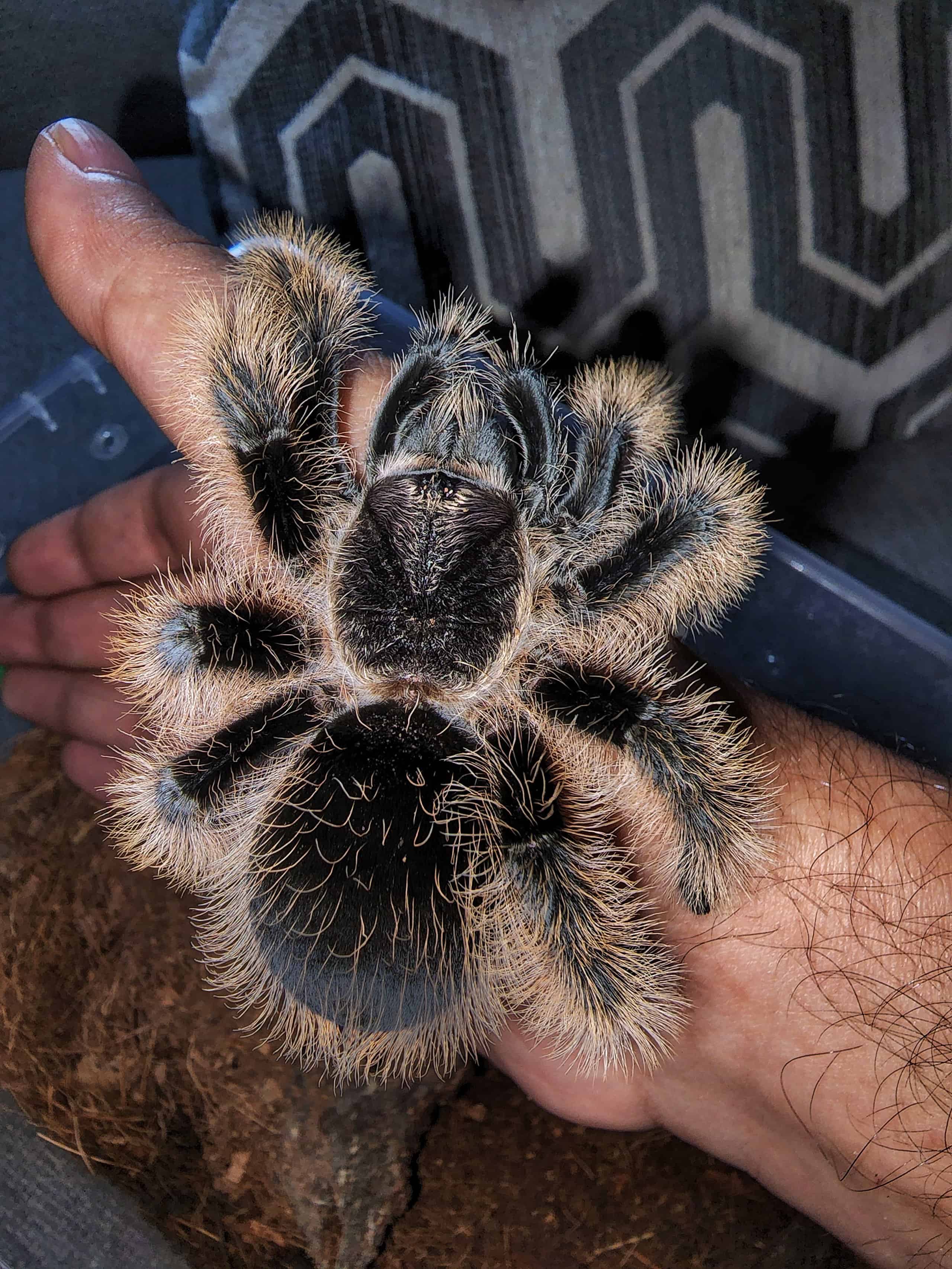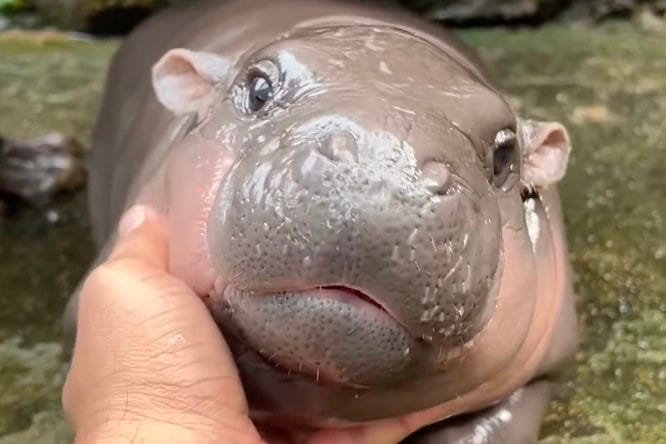Tarantulas' Hairy Secret - Unlikely Alliances and Defense Mechanisms

Unlikely Friendships in the Animal Kingdom
Tarantulas, infamous for their intimidating appearance and venomous fangs, have a secret that may surprise even the most seasoned arachnophiles. These eight-legged creatures have been found to form mutually beneficial partnerships with various species, including amphibians, reptiles, and even army ants.
Mutually Beneficial Partnerships
One of the most fascinating aspects of tarantula behavior is their ability to form unlikely alliances. These partnerships are unexpected, as army ants are known to feed on spiders. However, in certain ecosystems, tarantulas and army ants have learned to coexist and even benefit from each other's presence.
Army Ants: Unlikely Roommates
In some parts of South America, tarantulas have been observed sharing their burrows with army ants. At first glance, this may seem like a recipe for disaster, as army ants are notorious for their ability to overwhelm and devour spiders. However, in this unique partnership, the army ants act as a sort of "bodyguard" for the tarantula, protecting it from potential predators and rival spiders.
Amphibians and Reptiles: Unexpected Neighbors
Tarantulas have also been known to form partnerships with amphibians and reptiles. In some cases, these animals will even share the same burrow or living space. This unlikely cohabitation provides additional protection for the tarantula, as the presence of these animals can deter potential predators.
Defense Mechanisms
So, why do these animals form partnerships with tarantulas? One reason is that tarantulas have evolved unique defense mechanisms that make them unappealing to predators. Their hairy bodies and ability to release irritating urticating hairs make them a less-than-desirable meal. By associating with tarantulas, these animals may gain some protection from predators that would rather avoid tangling with a tarantula.
The Hairiness of Tarantulas: A Defense Mechanism?
Tarantulas are known for their distinctive hairy bodies, but did you know that this hairiness serves as a crucial defense mechanism? Researchers suggest that the dense hair covering tarantulas may have evolved to protect them against predatory ants.
How Hairiness Foils Ant Attacks
The hairiness of tarantulas makes it difficult for ants to bite or sting the spider. The dense hairs create a barrier that prevents ants from getting a good grip on the tarantula's body, thereby reducing the effectiveness of their attacks.
Evolutionary Advantage
This unique defense mechanism is believed to have evolved as a response to the constant threat of ant predation. By developing a hairy exterior, tarantulas have gained an advantage in their survival against these formidable predators.
Chemical Secretions: Another Defense Strategy?
Unveiling the Potential of Tarantulas' Epidermal Glands
Scientists propose that tarantulas may possess specialized epidermal glands that secrete predator-repellent substances. This could be another defense strategy used by tarantulas.
Theory Behind the Secretions
Researchers believe that these secretions may play a crucial role in deterring predators, thereby increasing the tarantula's chances of survival. The exact composition and properties of these secretions are still unknown, but studies suggest they may contain compounds that repel or even incapacitate potential threats.
Implications of Chemical Defense
If tarantulas indeed possess this ability, it would be a groundbreaking discovery, revealing another layer of complexity in their defense mechanisms. This could also lead to new avenues of research, exploring the potential applications of these secretions in fields like medicine and agriculture.
Future Research Directions
Further studies are needed to confirm the existence and nature of these epidermal glands and their secretions. Researchers may employ advanced techniques like microscopy, spectroscopy, and biochemical analysis to uncover the secrets of tarantulas' chemical defense strategies.
The Importance of Symbiotic Relationships
Tarantulas, despite their fearsome reputation, have evolved intriguing partnerships with other species, underscoring the significance of symbiotic relationships in the animal kingdom. These alliances, often overlooked, play a vital role in the survival and success of the species involved.
Mutualistic Relationships: A Win-Win Situation
Tarantulas have formed symbiotic relationships with various organisms, including insects, frogs, and even other spiders. These mutualistic partnerships provide benefits for both parties, such as:
- Protection: Tarantulas offer shelter and security to their symbionts, which in turn, help deter predators or competing spiders.
- Food: Some symbionts, like insects, receive food scraps or leftovers from the tarantula's meals, while others, like frogs, may even receive protection from predators.
- Other benefits: Tarantulas may also benefit from the symbionts' waste, which can act as fertilizer, or even receive assistance in web maintenance and repair.
Commensal Relationships: A One-Sided Benefit
While mutualistic relationships provide benefits for both parties, commensal relationships offer advantages to only one species. Tarantulas, for instance, may host certain insects or mites that:
- Feed on the tarantula's waste or leftover food
- Use the tarantula's burrow or web for shelter
- Benefit from the tarantula's protection without providing any reciprocal benefits
Defense Mechanisms: More Than Just Hair
Tarantulas are infamous for their hairy bodies, which they use as a defense mechanism to deter predators. However, their symbiotic relationships also play a crucial role in their defense strategies:
- Some symbionts, like certain insects, can release chemicals that repel predators
- Other symbionts, like frogs, may even defend the tarantula's burrow or web from potential threats


















Comments ()